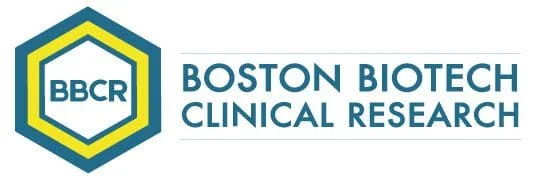Why is clinical strategy important for companies?
Since the 1990s, the pharma industry has experienced increasing R&D expenditure and number of candidates entering development. The average number of news drugs approved by FDA per year, however, has been declining by 25%.1 Various failing examples due to R&D productivity, cost, communications with the FDA, and many other issues pinpoints the importance for companies to anticipate potential risks in their development process. One of the cost contributors is clinical trials – the phase III development phase itself takes up to 35% of total R&D spending.1 Thus, clinical trial strategy has become a key determinant of the fate of drug candidates/medical devices. A successful clinical strategy shall address these potential issues ahead of time, and hence assist companies in decision-making processes.
Regulatory-Clinical strategy is important mainly due to three reasons: it increases in the possibility of success, decreases cost, and augments efficiency in overall R&D process.
One of the cost contributors is clinical trials- the phase III takes up to 35% of total R&D spending.
Increase in possibility of success
A poor clinical trial design can also lead to failure of clinical trials
Decrease of cost
Clinical trials are costly and lengthy, with clinical procedure costs, administrative staff costs, and site monitoring cost being the top three contributors for clinical trial expenditures.3 However, there are several ways that clinical trial strategy can contribute to decreasing cost.
One of them is to customize clinical trials with a combined selection of patient stratification, endpoints, and study design. In some settings such as oncology, with FDA requiring overall survival as primary endpoints and the complex nature of treating large heterogenous oncology patient population, the formation of a clinical strategy before deploying trial protocols at CROs is of vital importance.
In addition, Phase I studies in patients rather than in healthy volunteers can allow companies to access efficacy profile of drug candidates earlier. This will not only provide the opportunity for sponsors to weight clinical trial design for following phases, but also allow companies to accelerate or even discontinue development programs early in the R&D process. By refocusing resources during clinical development process, sponsors may be able to curtail the overall R&D costs.
Finally, evaluating protocol procedures and unnecessary complexity in clinical trial which is observed in many protocols, would reduce the humongous challenge of patient enrolment and retention in any trial regardless development stage, therapeutic area, or disease. Solutions include optimizing protocol designs, avoiding unnecessary protocol amendments, and carefully weighing the benefits of collecting extra data (~15-20% unused data collected according to industry experts).3
Tailoring clinical strategy and trial protocols to the product mechanism of action, regulatory requirements and therapeutic area needs could have a significant financial benefit.
Strategy and roadmap, similar to prototyping cars in the motor industry, allows companies to take into consideration of various factors that may affect the success to final product
Increase efficiency of R&D process
It has been reported that about 80% of trials fail to meet milestones.4 So why is clinical research inefficient? An analysis published in Nature Biotechnology looking at FDA complete response letters issued from 2003 to 2011, 46% of the letters to the sponsor cited efficacy or safety. 1 As complete letters are issued from FDA to companies demonstrating why NDA will not be approved in its presence form, they greatly impact the efficiency of delivering a successful drug to market in a timely manner.
A well-planned clinical strategy should include features such as each trial had a distinct purpose and clinically meaningful endpoints to efficiently demonstrate drug efficacy and safety. This will increase the overall efficiency of R&D process.
Clinical-regulatory strategy exerts huge impact on the success of new drug/medical device development; thus is important for companies to emphasis strategy planning. Here we addressed a few aspects that a successful clinical trial plan can help companies in their product development, but there is much more to it. By increasing success rate of clinical trials, decreasing costs, and augmenting clinical process efficiency, a well-planned clinical strategy will substantially benefit companies.
By:
W. Ni, MS and C. Fratazzi, M.D.
www.facebook.com/BostonBiotechClinicalResearch
References:
1. Hay, M., Thomas, D., John L Craighead, J.L., Economides, C., Rosenthal, J. Clinical development success rates for investigational drugs. Nature Biotechnology 32, 40-51 (2014).
2. Mak IW, Evaniew N, Ghert M. Lost in translation: Animal models and clinical trials in cancer treatment. American Journal of Translational Research 2014;6:114–118.
3. Sertkaya A, Wong HH, Jessup A, Beleche T. Key cost drivers of pharmaceutical clinical trials in the United States. Clinical Trials. 2016;13(2):117-26.
4. State of the Clinical Trials Industry, CenterWatch, 2009
